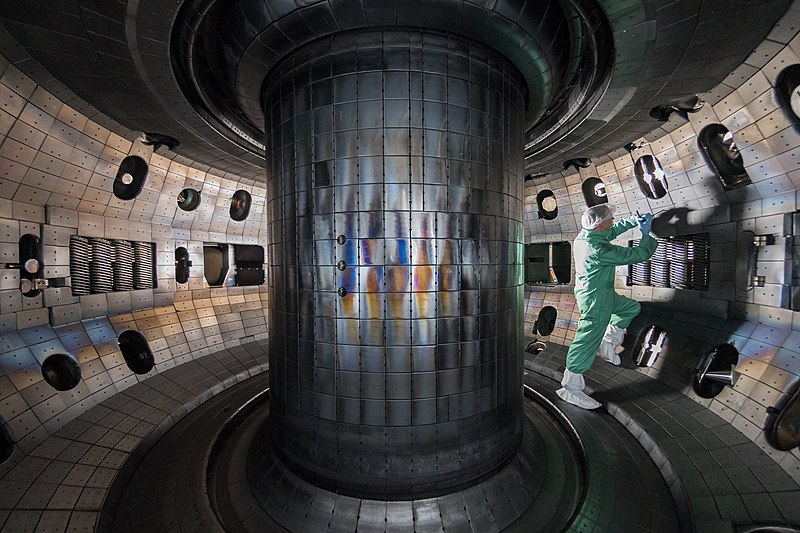At Scientific American, we were told last month: “Physicists have devised a mind-bending error-correction technique that could dramatically boost the performance of quantum computers”:
As a team member who was present for the experiments at the Flatiron Institute in New York City, Philipp Dumitrescu says, "It is very exciting to see this unusual phase of matter realized in an actual experiment, especially because the mathematical description is based on a theoretical 'extra' time dimension." On July 20, a publication outlining the research appeared in Nature.

Though it may sound exciting to open a gateway to an additional time dimension, this was not the physicists' first goal. According to Andrew Potter, a quantum physicist at the University of British Columbia and a research co-author, "We were very much inspired to discover what new types of phases could be developed." The team members didn't understand it until they visualized their proposed new phase.

Time travel then? Actually, no. A phase of matter that could be utilized as an error correcting method for quantum computers was discovered by physicist Philipp Dumitrescu and colleagues when they were researching phases of matter (the publication is available for a price or subscription). They employed a pulse frequency that followed the Fibonacci series of numbers rather than being periodic or random.
They are constructing “time crystals”, where moving atoms return to the same position after some time.
A simple example is to connect two pendulums with a spring and set them in motion. After a while, one pendulum comes to rest and the other oscillates wildly. But then the stationary one starts to move and oscillates wildly while the first one stops. This goes on for some time.
If we make a graph with time on the x-axis, and positions of two pendulums on y-axis, the pattern repeats with time. This is an example of a “time crystal.” The researchers wanted to do it for 11 atoms in a quantum computer, that were acting as “qubits”, or quantum states. So you can think of this as 11 pendulums connected by springs. But the “springs” are actually two lasers beams that push them around.
The reason for this arrangement is that we need to “entangle” the 11 atoms in a coherent wavefunction to make a quantum computation. But the slightest disturbances “perturb” the entangled state and destroy it or “decohere” it into random, uncoordinated motions.
However to make a quantum computer useful, the entangled state must last long enough to do a calculation and be read out. The perturbations were too strong, so the entangled state “decayed” too quickly to be useful.
In the past decade, people realized that one can “digitize” these entangled states by making them wrap around a crystal or some physical symmetry. Then, as in Bohr’s electron model of the atom, only a very few waves have the right “size” ( or energy) to wrap around an object and match the ends. It’s like a jump rope. You can have waves of 1/2 wavelength with one jumper (that’s the normal one) or, with talented rope handlers, twice that for two jumpers. But you can’t have .75 wavelengths and 1 1/2 jumpers. It has to come out even.
This means that a hydrogen atom is only affected by a bump or flaw once and does not resonate or add perturbations with each orbit in a tokamak, which is a donut-shaped vacuum chamber. So they created a time crystal using two lasers in which the phases or timing of the pulses from the two lasers varied the "wrapping angle" in time. They discovered that the "long repeat" wrapping angles' entangled states persisted significantly longer, opening the door to the development of a quantum computer with atoms serving as qubits.




